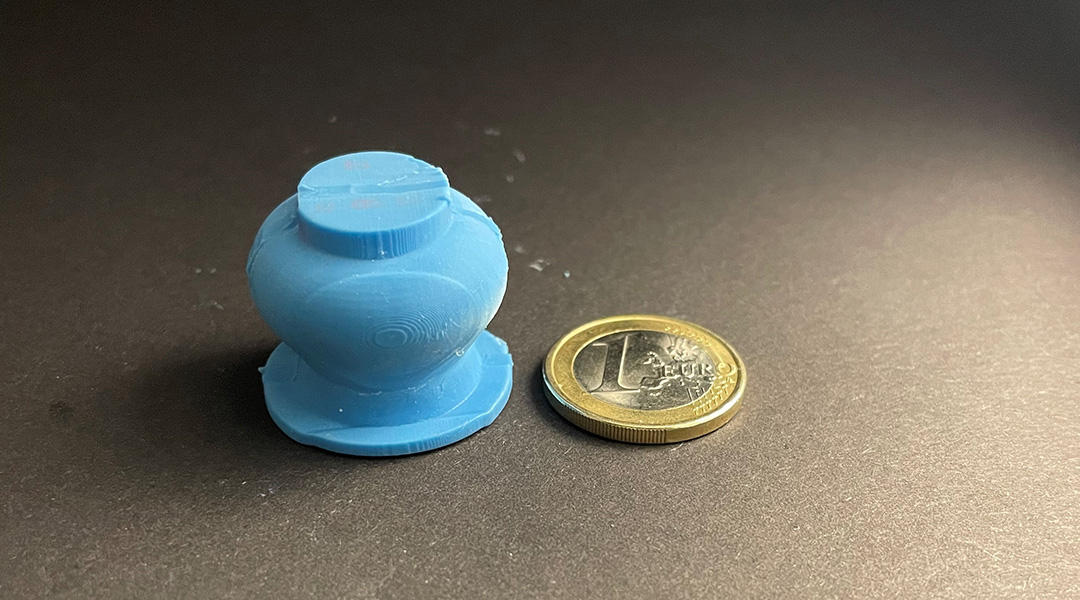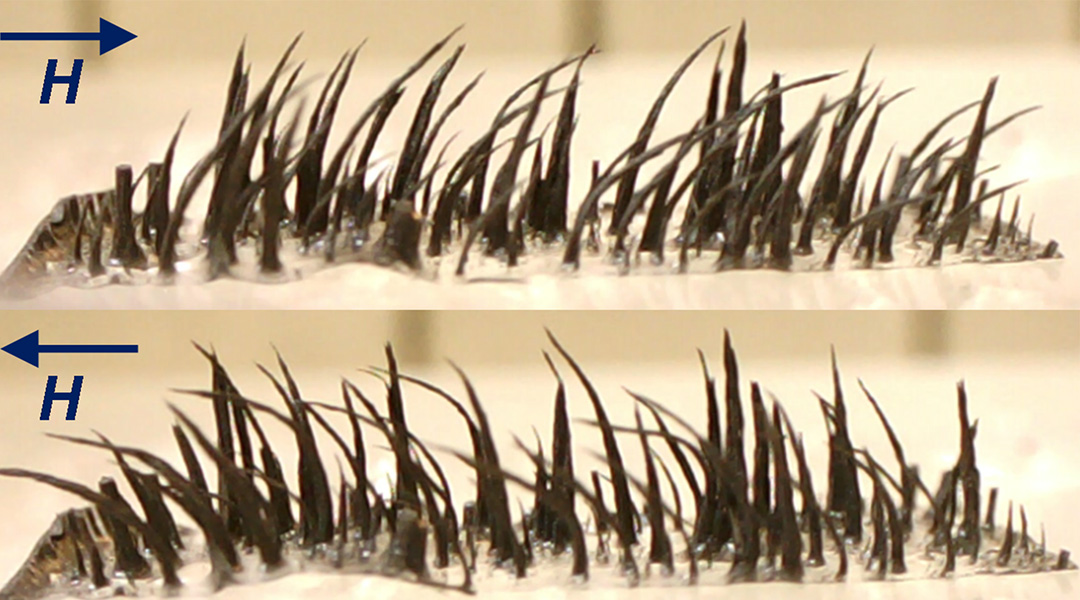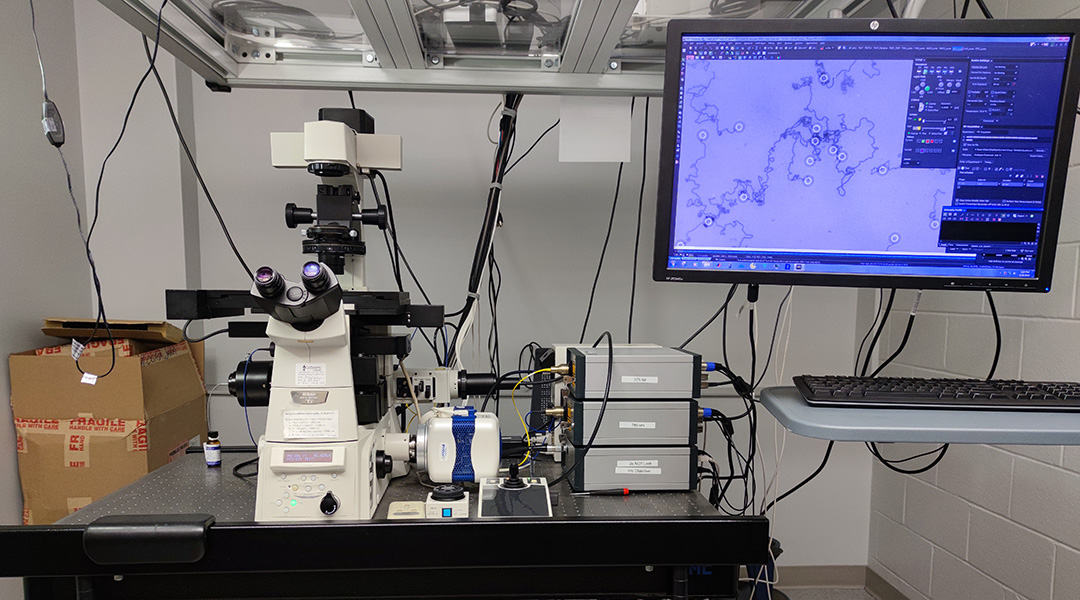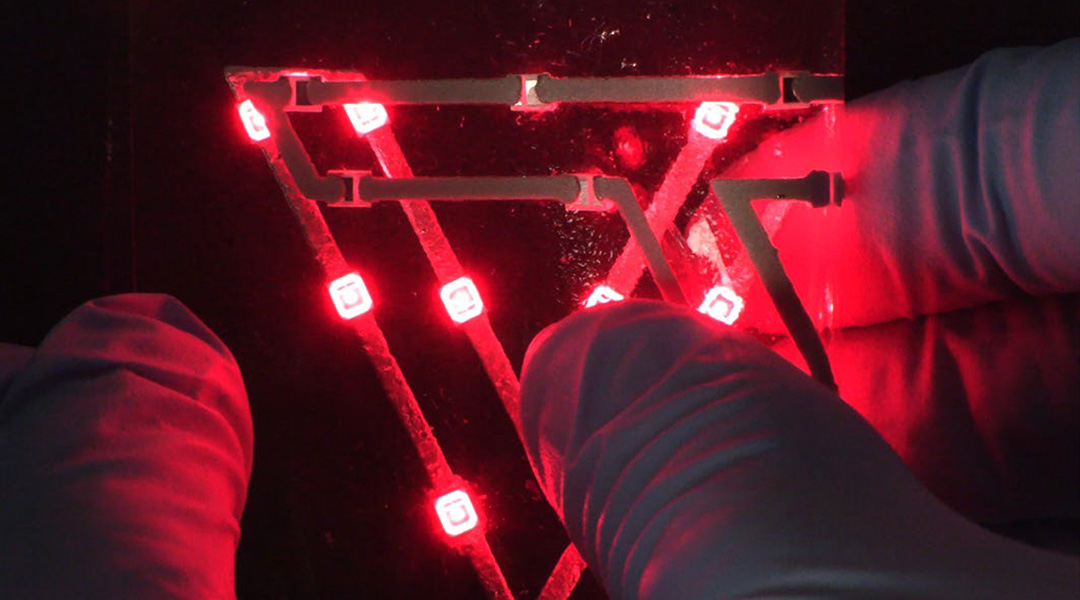Future 6G wireless networks will rely on quantum computers, but developing the technology and making it sustainable is complex.


Future 6G wireless networks will rely on quantum computers, but developing the technology and making it sustainable is complex.

Collecting blood in a painless and minimally-invasive way may soon be possible with this prototype suction cup device.

These hair-like structures with applications in robotics are now reprogrammable, negating the need to replace them after one use.

This new brain–computer interface detects weakened brain signals and boosts them to healthy levels, potentially reversing cognitive aging in the brain.

A sensational paper argues that AI could be responsible for the scarcity of advanced technological civilizations in the Universe.

The chemical and biomolecular engineer delves into the versatile applications, surprising properties, and future possibilities of liquid metals.

Scientists achieve threefold speed boost for DNA nanomotors and applied them to breakthrough virus detection for SARS-CoV-2 and RSV tests.

Researchers are tackling the growing problem of electronic waste by designing wearable electronics from sustainable and recyclable materials.

E-CASE liquid metal adhesive enables flexible connections to make better, tougher flexible electronics for wearables and robotics.

Turns out, liquid metals offer an unconventional approach to creating fully flexible memory storage devices inspired by the brain.